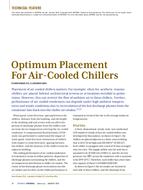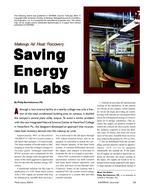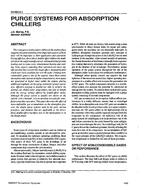This paper introduces an improved model of a honeycomb UV/PCO air purifier that accounts for the combined effects of the nonuniform UV irradiation field resulting from a finite number of lamps and the variation of the local mass transfer coefficient along the honeycomb passages. The model utilizes reaction kinetics equations for common VOCs in humid air. The results of the improved model are compared with published experimental data of the single-pass conversion efficiency of single- and multi-stage reactors for toluene and formaldehyde. It is shown that the UV irradiation nonuniformity has a strong influence on PCO reaction rate and the overall one-pass conversion efficiency of the reactor, particularly if the performance is reaction rate-limited. Finally, the improved model is employed to study the effect on efficiency of reactor design parameters, such as the number of lamps and their distance from the reactor face, the reflectivity of the reactor enclosure walls, and honeycomb pore size. It is shown that the UV irradiation nonuniformity associated with the number and placement of the UV lamps could result in as much as a 30% difference in the computed one-pass efficiency of a single-stage reactor.
Citation: Symposium, ASHRAE Trans. vol. 111, pt. 2, paper no. DE-05-3-2, p. 476-484
Product Details
- Published:
- 2005
- File Size:
- 1 file , 3.1 MB
- Product Code(s):
- D-26958


